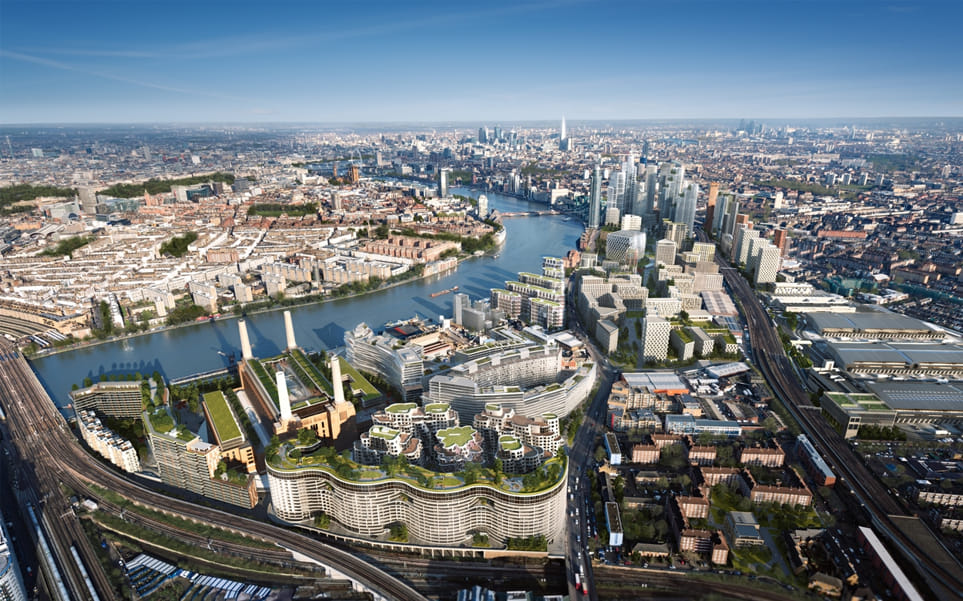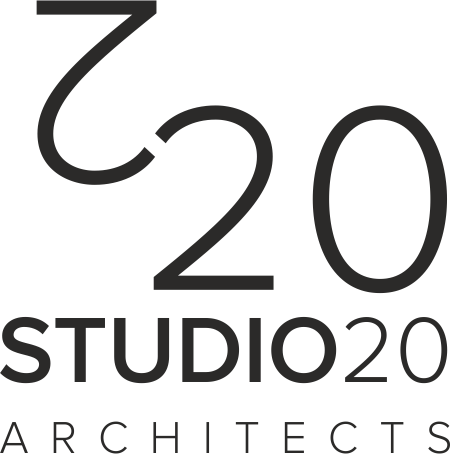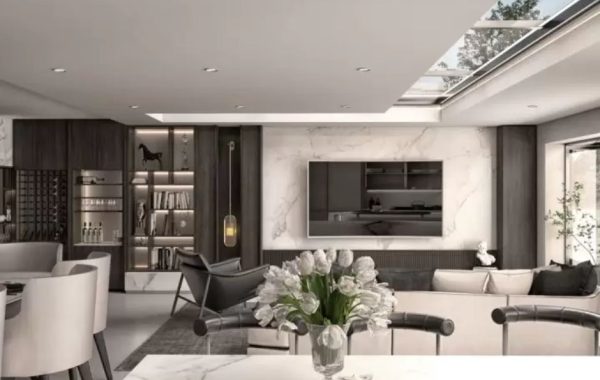
A Guide for Timber Frame Extension Regulations in the UK
Timber frame extensions have gained popularity across the UK for being cost-effective, sustainable, and quick to construct. As renewable resources, timber offers an excellent alternative to traditional materials like bricks and blocks. In this comprehensive guide, Studio20 Architects explores the regulations and advantages of timber frame extensions and why they’re becoming a go-to choice for homeowners.
Why Choose Timber Frame Extensions?
Timber frame extensions are versatile and commonly used for:
- Rear, side, and wrap around extensions
- Single or double-storey structures
- Garage extensions
- Light-filled spaces like home offices
Their benefits include:
- Cost savings compared to masonry builds.
- Environmentally friendly, being made from renewable resources.
- Enhanced thermal performance with natural light optimization.
Planning Permission vs Building Regulations
Planning Permission
Planning permission ensures that the extension aligns with local and national rules regarding aesthetics and neighborhood impact. It focuses on:
- External appearance and design integrity.
- Neighborhood compatibility.
- Social and aesthetic factors.
Building Regulations
These focus on structural and internal safety standards, ensuring the extension is built to:
- Safeguard lives.
- Promote sustainable, harmonious living.
- Prolong the structure’s durability.
Planning permission may not always be necessary for timber frame extensions, but building regulation approval is mandatory.
Learn more about planning permissions with Studio20 Architects
Key Building Regulation Areas
- Structural Safety
- Can the extension withstand external factors (e.g., wind, tremors)?
- Are internal loads (e.g., beams, flooring) supported appropriately?
- Does the project comply with BS 5268 and other British standards?
- Sustainability
- Does the extension enhance energy efficiency by repelling heat?
- Are renewable energy sources incorporated?
- Do the windows and doors meet thermal performance standards?
- Ventilation
- Are natural vents, exhausts, or mechanical systems in place to prevent dampness?
- Fire Safety
- Are the frames coated with fire-resistant materials?
- Are escape routes clearly defined?
- Are smoke alarms and fire-suppression systems installed?
- Water Supply & Drainage
- Does the system prevent wastewater clogging and dampness?
- Sound Insulation
- Are acoustic materials incorporated to absorb sound in multi-storey extensions?
Contact Studio20 Architects for comprehensive building regulation assistance
Do You Need Planning Permission?
Generally, timber frame extensions do not require planning permission as timber materials are exempt under many development rules. However, factors like:
- Extension size and type.
- Position relative to the property.
- Materials used.
…will determine the need for additional approvals. Most projects fall under permitted development rights, simplifying the process.
Why Compliance is Critical
Failing to adhere to building regulations can lead to:
- Legal consequences.
- Structural instability or risks.
- Delayed project timelines.
To ensure a hassle-free process, submit detailed drawings of your project, including:
- Foundation plans.
- Flooring and drainage layouts.
- Ventilation and fire safety systems.
Studio20 Architects’ Expertise
With years of experience in planning timber frame extensions, Studio20 Architects specializes in:
- Designing compliant, cost-effective extensions.
- Liaising with local authorities for approvals.
- Ensuring structural and aesthetic integrity.
Contact us today for expert guidance




